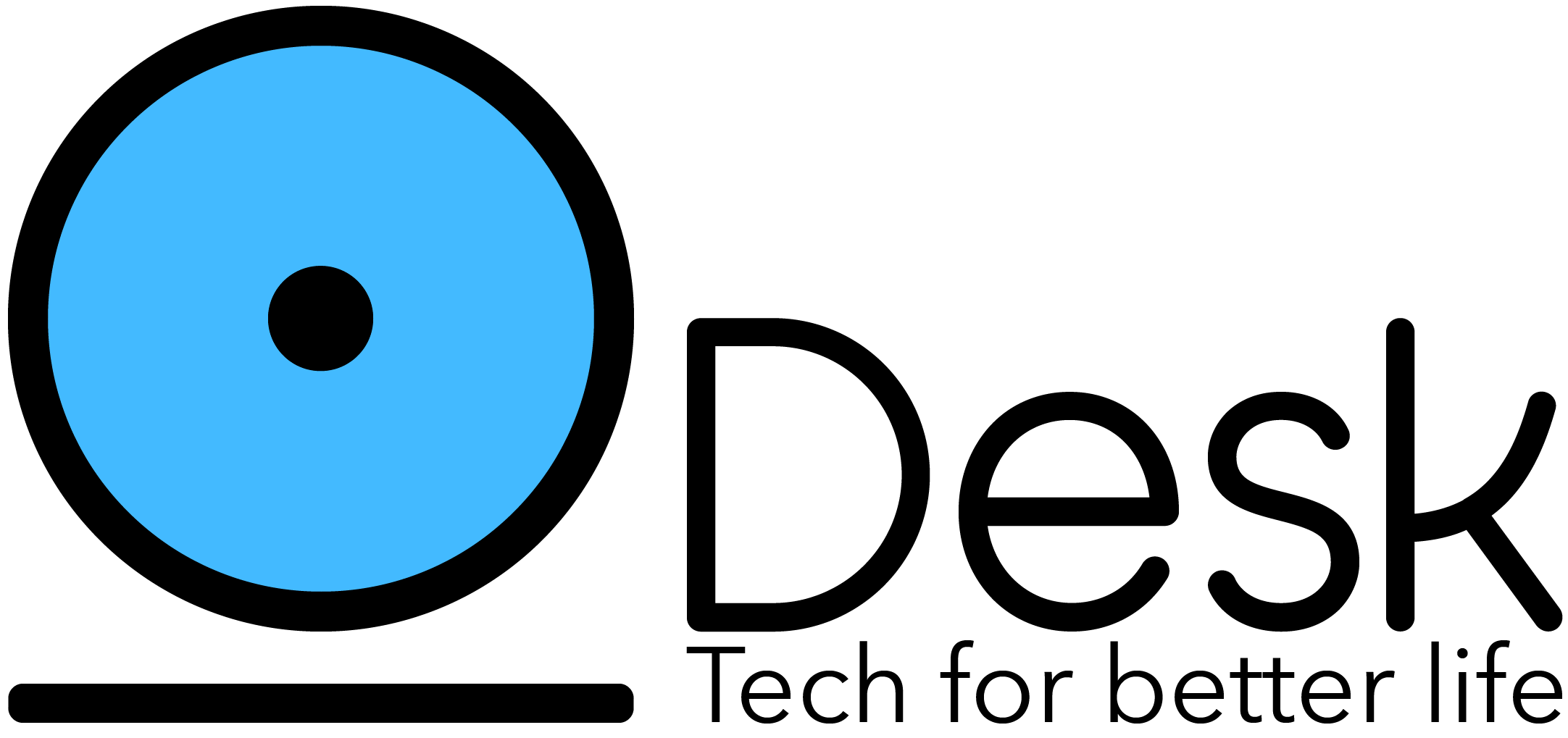Don’t Let Success Kill Your App: 6 Ways to Scale Before You Need To
Building an app that can handle massive user growth requires strategic planning and the right architectural decisions. Here’s your roadmap to scalability success.
The Challenge of Scale
Growing from your first user to your millionth is one of the most exciting yet challenging journeys in tech. Every successful app eventually faces the same critical question: how do you maintain performance, reliability, and user experience as your user base explodes?
The difference between apps that thrive and those that crash under pressure lies in implementing the right scaling strategies at the right time. Let’s explore six battle-tested approaches that will prepare your application for exponential growth.
1. Serve Static Content from a CDN
The Impact: CDN distribute your static assets across global edge servers, reducing latency by 40-60%. This directly impacts user retention and conversion rates.
Content Delivery Networks aren’t just about speed—they’re about creating a seamless global experience. When a user in Tokyo accesses your app, they shouldn’t wait for assets to travel from your servers in California.
Beyond Speed Benefits:
- DDoS Protection: Built-in security layers protect your infrastructure
- Automatic Optimizations: Image compression and format conversion happen automatically
- Bandwidth Savings: Reduced load on your origin servers
- Global Availability: 99.9%+ uptime across distributed locations
Popular CDN solutions include Cloudflare, AWS CloudFront, and Fastly. The investment pays for itself through improved user experience and reduced server costs.
2. Distribute the Web Server Load
The Strategy: Load balancers intelligently route requests across multiple servers, preventing bottlenecks and ensuring high availability when individual servers fail.
Think of load balancers as traffic directors for your digital highway. As traffic increases, they ensure no single server becomes overwhelmed while others sit idle.
Modern Load Balancer Features:
- Session Affinity: Keep users connected to the same server when needed
- SSL Termination: Offload encryption processing from your application servers
- Real-time Health Checks: Automatically route around failed servers
- Geographic Routing: Direct users to the nearest server cluster
This becomes your foundation for horizontal scaling—adding more servers rather than trying to make individual servers more powerful.
3. Use Small and Fast Containers
The Revolution: Containers package your application with minimal overhead, allowing dozens of instances per server with near-native performance.
Container technology has transformed how we think about application deployment. Instead of monolithic servers running single applications, you can now run multiple isolated instances with incredible efficiency.
Container Advantages:
- Resource Efficiency: Use 60-80% less resources than traditional VMs
- Rapid Deployment: Spin up new instances in seconds
- Consistency: Identical environments from development to production
- Orchestration: Kubernetes automates scaling decisions
Kubernetes Magic: The platform monitors your application metrics and automatically spins up instances during traffic spikes, then terminates them when demand drops. This means you only pay for the resources you actually need.
4. Fetch Data from Cache First
The Game Changer: Caching layers (Redis, Memcached) can reduce database queries by 80-90%, serving data in microseconds instead of milliseconds.
Your database is often the first bottleneck you’ll encounter as you scale. Every query takes time, and as user requests multiply, database performance becomes critical.
Caching Strategies:
- Cache-Aside Pattern: Application manages cache population
- Write-Through Pattern: Data written to cache and database simultaneously
- Write-Behind Pattern: Cache updated immediately, database updated asynchronously
Strategic Implementation: The key is knowing what to cache and when to invalidate it. User profiles, product catalogs, and configuration data are excellent candidates. Real-time data like stock prices or live chat messages require more careful consideration.
5. Distribute the Database Load
The Approach: Master-slave replication separates writes from reads, scaling read capacity horizontally for the typical 10:1 read-to-write ratio.
Most applications read data far more often than they write it. Database replication takes advantage of this pattern by creating specialized read-only copies of your data.
Replication Benefits:
- Read Scaling: Add read replicas as needed without affecting write performance
- Geographic Distribution: Place replicas closer to users worldwide
- Disaster Recovery: Multiple copies provide natural backup protection
- Load Isolation: Analytics and reporting don’t impact user-facing queries
Consistency Considerations: Read replicas introduce eventual consistency challenges. Your application needs to handle scenarios where recently written data might not immediately appear in read queries due to replication lag.
6. Use Queues and Workers
The Architecture: Message queues decouple processing from responses, preventing slow operations from blocking user interactions.
Not every operation needs to happen immediately. Email sending, report generation, image processing, and data analytics can happen in the background while users continue their experience uninterrupted.
Queue Architecture Benefits:
- Responsive UI: Users don’t wait for slow background processes
- Independent Scaling: Scale different components based on specific bottlenecks
- Reliability: Failed jobs can be retried automatically
- Cost Optimization: Process work during off-peak hours for better rates
Popular Solutions: Redis Bull, AWS SQS, RabbitMQ, and Apache Kafka each serve different use cases. Choose based on your throughput requirements, durability needs, and existing infrastructure.
Putting It All Together
These six strategies work best when implemented as a cohesive system. Start with CDN implementation for quick wins, then gradually add load balancing, containerization, caching, database replication, and queue systems as your user base grows.
Implementation Timeline:
- 0-1K users: CDN + basic caching
- 1K-10K users: Add load balancing and containers
- 10K-100K users: Implement database replication
- 100K+ users: Full queue architecture and advanced caching
Remember: premature optimization can be as dangerous as no optimization. Monitor your metrics, identify actual bottlenecks, and scale incrementally.
Your Next Steps
Scaling to a million users isn’t just about technology—it’s about building systems that can adapt and grow with your success. Start implementing these strategies today, and your future self will thank you when that viral moment hits.
Which of these scaling strategies will you implement first? The journey from zero to a million users starts with a single architectural decision.






